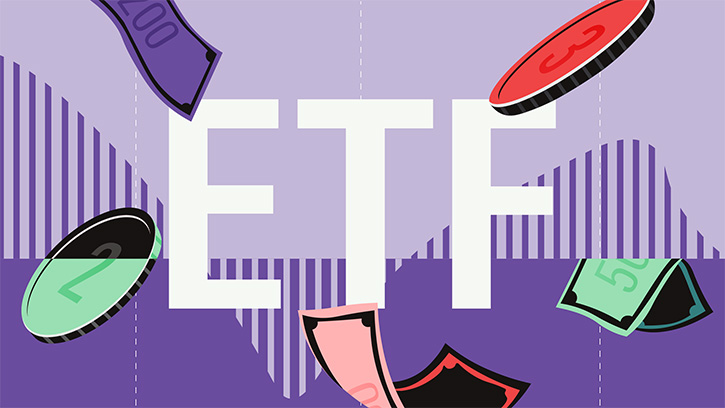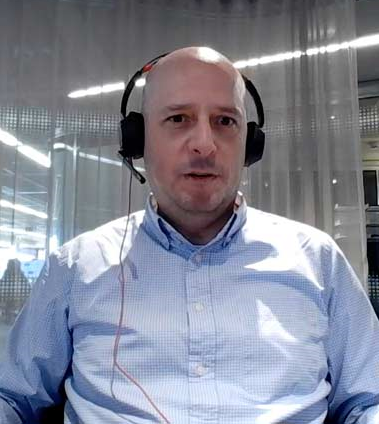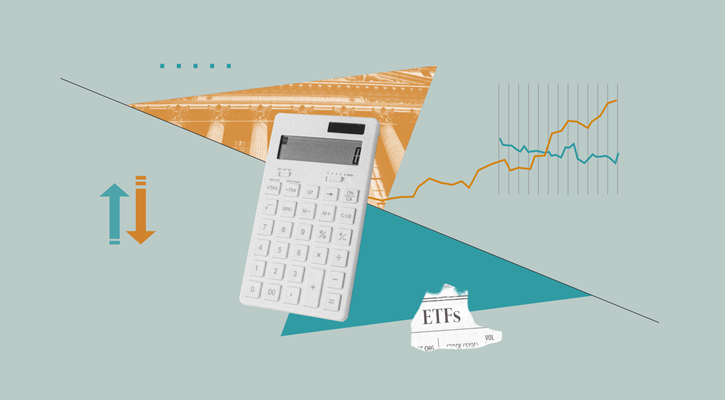t 0.30% per year.
Often, the lowest cost alternative for UK investors may be an exchange-traded fund, or ETF. These funds, which are almost always trackers, can have rock-bottom expense ratios. For example, the iShares £ Corporate Bond ETF charges a TER of just 0.20% per year. No other UK retail bond offering comes close to matching that.
Here, and in Part II of this guide to ETFs, we'll give you an overview of the world of ETFs, including how they differ from regular OEICs and unit trusts, and their advantages and disadvantages.
What are Exchange-Traded Funds?
At the most basic level, ETFs are just what their name implies: baskets of securities that are traded, like individual stocks, on an exchange such as the London Stock Exchange. Unlike OEICs and unit trusts, ETFs can be bought and sold throughout the trading day. They can also be sold short and bought on margin, or using stop-loss orders--in brief, anything you might do with a stock, you can do with an ETF.
Most also charge lower annual expenses than even the least costly traditional tracker funds. However, as with stocks, you must pay a commission to buy and sell ETF shares, which can be a significant drawback for those who trade frequently or invest regular sums of money.
At the moment, the only ETFs listed for trading on the LSE are BGI’s iShares funds. These include a range of developed- and emerging-market equity trackers, a property tracker, and a small suite of government and corporate bond trackers. The developed-market equity ETFs on the LSE include ones tracking UK, North American, European, Asian, and Global indexes. Their TERs range from a low of 0.15% to a high of 0.74% per year.
The lack of actively managed ETFs is no accident: As we'll explain below, the funds rely on an arbitrage mechanism to keep the prices at which they trade roughly in line with the net asset values of their underlying portfolios. For the mechanism to work well, potential arbitrageurs need to have full, timely knowledge of a fund's holdings. Active managers, however, are loath to disclose such information with sufficient frequency.
How Do ETFs Work?
Although ETFs are more flexible than traditional in many respects, and they can be traded on an exchange throughout the day, their shares cannot be bought from or sold back to the fund company like regular OEICs. Investors can only buy or redeem shares directly from the fund company in 50,000-share blocks, and even then, the funds require in-kind transactions--that is, you don't get cash when you redeem your shares, you get the underlying stocks. In practice, this means that only institutions deal directly with the fund companies. The rest of us have to go through a broker to buy and sell shares.
Unlike OEICs or unit trusts, ETFs do not necessarily trade at the net asset values of their underlying holdings. Instead, the market price of an ETF is determined by forces of supply and demand for the ETF shares. To a large extent, the supply and demand for ETF shares is driven by the underlying values of their portfolios, but other factors can and do affect their market prices. As a result, like investment trusts, the potential exists for ETFs to trade at prices above or below the value of their underlying portfolios.
However, by permitting large investors to buy or redeem shares in-kind (see above), the fund companies behind ETFs have created a mechanism that generally prevents the funds from trading at sustained discounts or premiums of any real significance.
If an ETF traded at a discount to its net asset value, institutional investors could assemble 50,000-share blocks in the open market at the discounted price, redeem them for the underlying stocks, and sell those stocks at a profit. The actual transaction isn't quite that simple, but the idea is the same: The arbitrage opportunity would generate sufficient demand for the discounted ETF shares to close the gap between their market price and the net asset value of the underlying portfolio.
Are ETFs Right for You?
ETFs have a clear expense advantage over traditional mutual funds. They also offer a trading flexibility that OEICs and unit trusts cannot match, although for long-term savers, this hardly matters. Indeed, it may even present an overt temptation to engage in short-term trading—all too often a recipe for disaster in our view. In Part II of this guide to ETFs, we'll take a detailed look at their advantages and disadvantages to help you determine what role, if any, they should play in your portfolio.




























